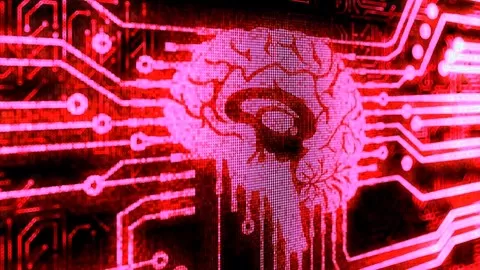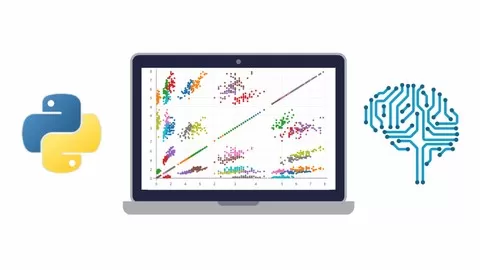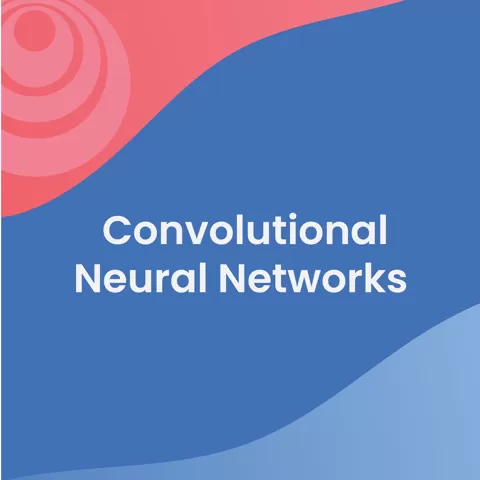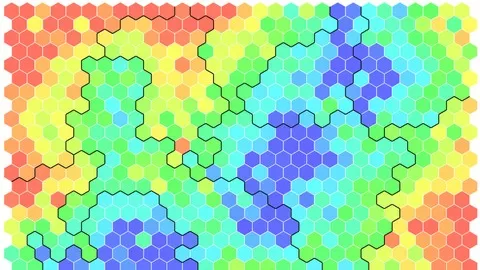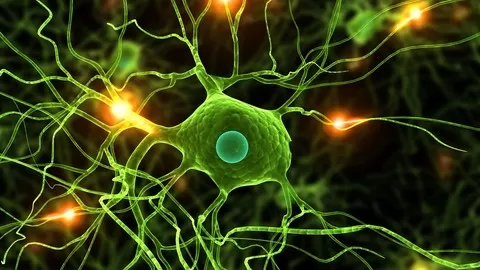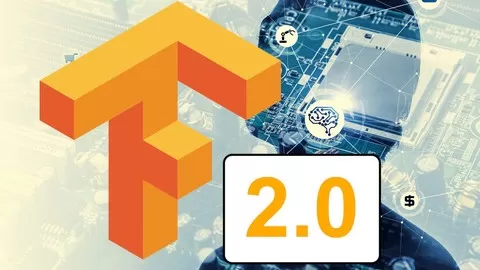Support Vector Machines (SVM) are one of the most powerful machine learning models around, and this topic has been one that students have requested ever since I started making courses.
These days, everyone seems to be talking about deep learning, but in fact there was a time when support vector machines were seen as superior to neural networks. One of the things you’ll learn about in this course is that a support vector machine actually is a neural network, and they essentially look identical if you were to draw a diagram.
The toughest obstacle to overcome when you’re learning about support vector machines is that they are very theoretical. This theory very easily scares a lot of people away, and it might feel like learning about support vector machines is beyond your ability. Not so!
In this course, we take a very methodical, step-by-step approach to build up all the theory you need to understand how the SVM really works. We are going to use Logistic Regression as our starting point, which is one of the very first things you learn about as a student of machine learning. So if you want to understand this course, just have a good intuition about Logistic Regression, and by extension have a good understanding of the geometry of lines, planes, and hyperplanes.
This course will cover the critical theory behind SVMs:
•Linear SVM derivation
•Hinge loss (and its relation to the Cross-Entropy loss)
•Quadratic programming (and Linear programming review)
•Slack variables
•Lagrangian Duality
•Kernel SVM (nonlinear SVM)
•Polynomial Kernels, Gaussian Kernels, Sigmoid Kernels, and String Kernels
•Learn how to achieve an infinite-dimensional feature expansion
•Projected Gradient Descent
•SMO (Sequential Minimal Optimization)
•RBF Networks (Radial Basis Function Neural Networks)
•Support Vector Regression (SVR)
•Multiclass Classification
For those of you who are thinking, “theory is not for me”, there’s lots of material in this course for you too!
In this course, there will be not just one, but two full sections devoted to just the practical aspects of how to make effective use of the SVM.
We’ll do end-to-end examples of real, practical machine learning applications, such as:
•Image recognition
•Spam detection
•Medical diagnosis
•Regression analysis
For more advanced students, there are also plenty of coding exercises where you will get to try different approaches to implementing SVMs.
These are implementations that you won’t find anywhere else in any other course.
Thanks for reading, and I’ll see you in class!
“If you can’t implement it, you don’t understand it”
•Or as the great physicist Richard Feynman said: “What I cannot create, I do not understand”.
•My courses are the ONLY courses where you will learn how to implement machine learning algorithms from scratch
•Other courses will teach you how to plug in your data into a library, but do you really need help with 3 lines of code?
•After doing the same thing with 10 datasets, you realize you didn’t learn 10 things. You learned 1 thing, and just repeated the same 3 lines of code 10 times…
Suggested Prerequisites:
•Calculus
•Matrix Arithmetic / Geometry
•Basic Probability
•Logistic Regression
•Python coding: if/else, loops, lists, dicts, sets
•Numpy coding: matrix and vector operations, loading a CSV file
WHAT ORDER SHOULD I TAKE YOUR COURSES IN?:
•Check out the lecture “Machine Learning and AI Prerequisite Roadmap” (available in the FAQ of any of my courses, including the free Numpy course)
